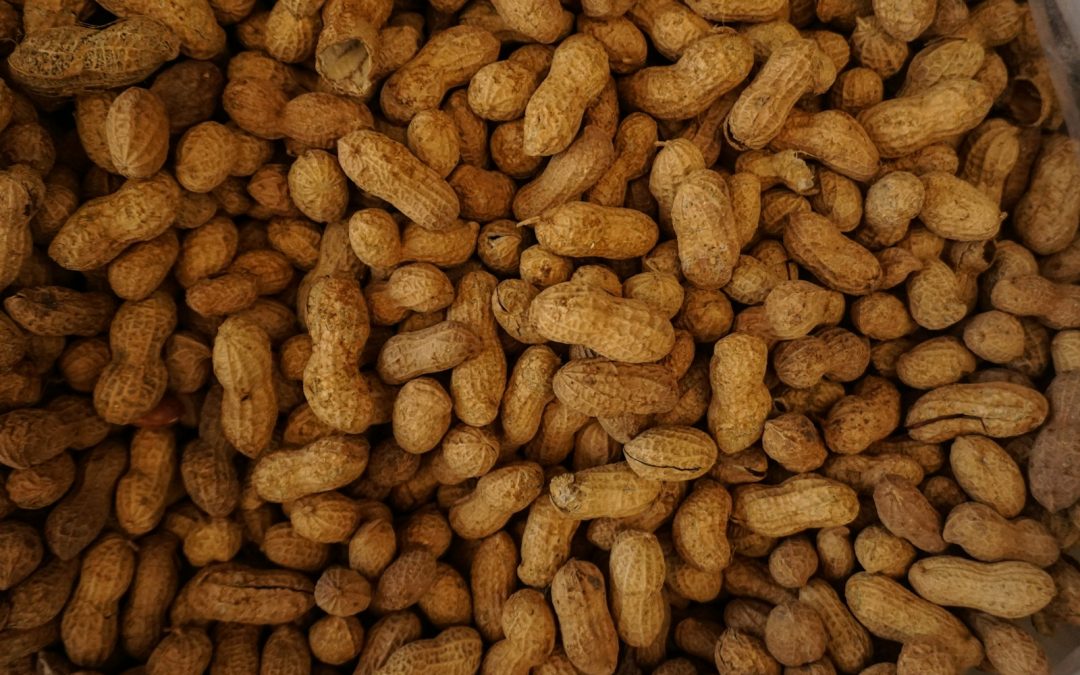Contents
- 1 How to Grow Indoor Peanuts: A Fun and Unexpected Harvest
- 1.1 Why Grow Indoor Peanuts?
- 1.2 Best Peanut Varieties for Indoors
- 1.3 How to Start Indoor Peanuts
- 1.4 Indoor Peanut Plant Care
- 1.5 Indoor Peanut Growth Stages
- 1.6 Harvesting Indoor Peanuts
- 1.7 Common Challenges
- 1.8 Creative Uses for Homegrown Peanuts
- 1.9 Decorating Ideas with Indoor Peanuts
- 1.10 Frequently Asked Questions
- 1.11 Additional Growing Tips
- 1.12 Recommended Products
- 1.13 Outbound Resource
- 1.14 Final Thoughts
How to Grow Indoor Peanuts: A Fun and Unexpected Harvest
When most people think of peanuts, they picture large outdoor fields, but you can actually grow indoor peanuts right inside your home! With the right conditions, these unique plants can produce fresh, organic peanuts while adding lush, green foliage to your indoor space. Growing indoor peanuts is not only fun but also an exciting way to explore edible gardening in small spaces.
Why Grow Indoor Peanuts?
- Unique edible harvest: Surprise friends and family with fresh, homegrown peanuts.
- Educational: Great for teaching kids or beginner gardeners about plant life cycles.
- Decorative: Adds vibrant green foliage to your home.
- Space-saving: Can be grown in containers without needing a garden.
- Healthy snack: Enjoy organic peanuts straight from your pot.
Best Peanut Varieties for Indoors
Choose Valencia peanuts, which are compact and mature more quickly, making them ideal for indoor peanut growing. These peanuts are known for their sweet flavor and are often used for boiling or roasting.
How to Start Indoor Peanuts
Materials You’ll Need
- Raw, untreated peanuts (not roasted)
- Large pot (at least 30 cm deep and wide)
- Loose, sandy, well-draining potting mix
- Sunny window or strong grow light
- Plant ties and supports if needed
Planting Steps
- Sprout peanuts: Remove shells and soak peanuts overnight to encourage sprouting.
- Prepare pot: Fill with well-draining, sandy soil to support peg development.
- Plant peanuts: Plant seeds about 5 cm deep, spaced around 10 cm apart.
- Water: Keep soil moist but not soggy.
- Light: Ensure at least 6 hours of direct sunlight or use a full-spectrum grow light.
Indoor Peanut Plant Care
- Light: Indoor peanuts need strong, direct light. A bright window or grow light is essential.
- Watering: Keep soil evenly moist but avoid waterlogging to prevent root rot.
- Humidity: Regular indoor humidity levels work fine, but keep air circulation good.
- Fertilizing: Feed every 3–4 weeks with a balanced fertilizer to encourage healthy foliage and pod development.
- Support: As flowers produce pegs that bury into the soil, add extra loose soil if needed to support pod formation.
Indoor Peanut Growth Stages
- Germination: Seeds sprout and grow into small seedlings within 1-2 weeks.
- Flowering: Yellow flowers appear around 4-6 weeks after planting.
- Pegging: After flowering, pegs (long stalks) bend and push into the soil to form peanuts.
- Maturation: Peanuts develop underground and are ready to harvest after 4–5 months.
Harvesting Indoor Peanuts
- When leaves start to yellow and wither, gently dig up the entire plant.
- Shake off soil and let peanuts dry attached to the plant for a few days.
- Remove, clean, and cure peanuts in a dry, warm place before storing or roasting.
Common Challenges
- Low yield: Usually due to insufficient light or small pot size.
- Yellowing leaves: Check watering routine and avoid waterlogged soil.
- Root rot: Use well-draining soil and do not overwater.
- Pest problems: Rare indoors, but monitor for aphids or spider mites.
Creative Uses for Homegrown Peanuts
- Roast for a classic, crunchy snack.
- Make fresh peanut butter with no additives.
- Use in stir-fries, salads, or homemade trail mix.
- Add to baking recipes or grind into peanut flour.
- Enjoy boiled peanuts for a traditional Southern treat.
Decorating Ideas with Indoor Peanuts
- Place pots in sunny kitchen windows for a lush, green accent.
- Pair with other indoor edibles like herbs and small peppers for a mini indoor farm.
- Use colorful pots to match your home decor and highlight the greenery.
- Display as a unique centerpiece in your dining or living area.
Frequently Asked Questions
Can I grow indoor peanuts all year? Yes! With proper warmth and light, indoor peanuts can be grown any time of year.
Do indoor peanuts require a lot of maintenance? They need consistent light, moisture, and attention to soil health but are manageable for most home gardeners.
Are peanuts safe for pets? While the plants aren’t toxic, unshelled peanuts can be a choking hazard. Keep away from pets.
Additional Growing Tips
- Choose pots with excellent drainage holes to prevent soggy roots.
- Rotate the pot weekly so all sides receive equal light exposure.
- Use a soil thermometer to ensure the temperature stays warm enough for good growth.
- Consider companion planting small herbs or marigolds nearby to naturally deter pests.
- Experiment with different varieties for different flavors and yields.
Recommended Products
Outbound Resource
Learn more in this Wikipedia article on peanuts.
Final Thoughts
Growing indoor peanuts is an unexpectedly fun and rewarding way to expand your indoor gardening skills. From lush green foliage to crunchy homegrown snacks, these plants offer both beauty and taste. They’re perfect for curious gardeners looking to try something new and impress friends and family.
Start your indoor peanut adventure today and discover the joy of harvesting your own organic peanuts at home!

